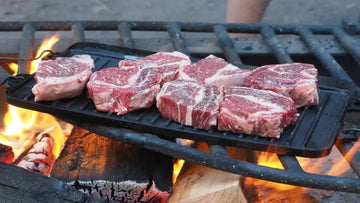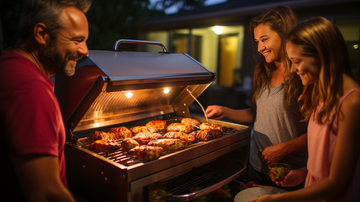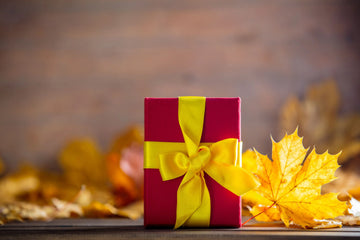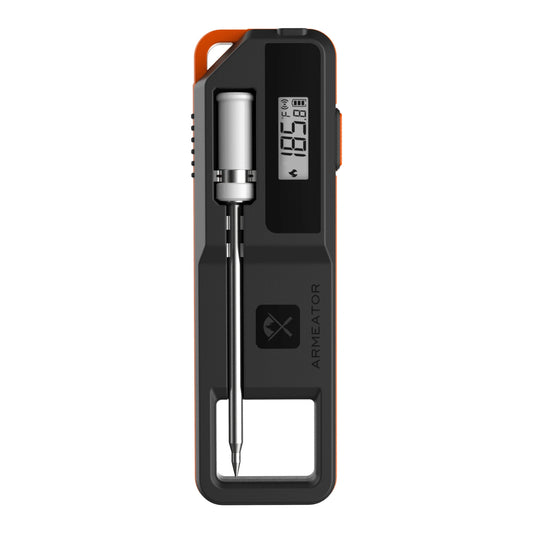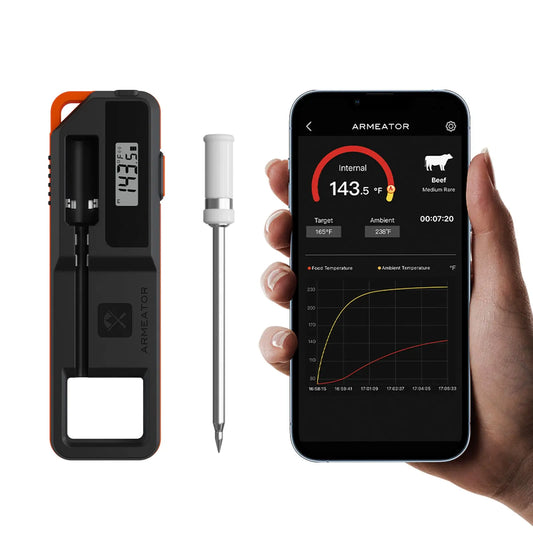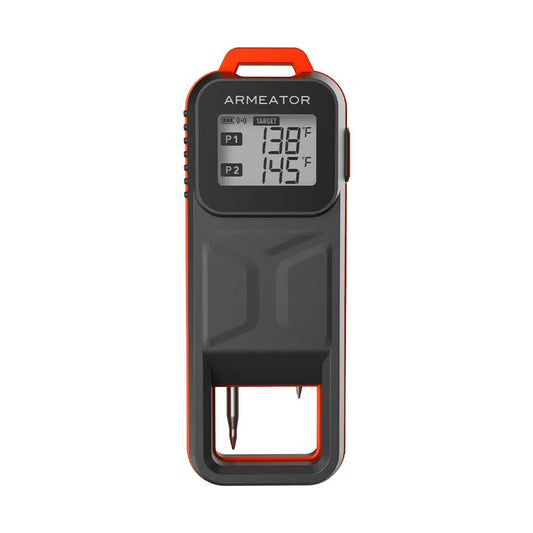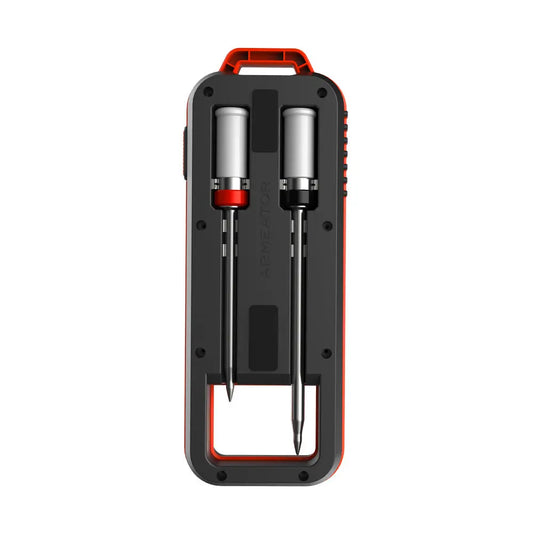While the history of electric cooking spans just over a century, open-flame cooking—arguably the world's oldest method, utilizing wood and fire—has provided sustenance to humankind for millions of years. Despite its potential decline in popularity due to modern techniques, there's no denying that the flavors of food cooked over an open flame surpass those from electric sources.
Why Is Grilling Over A Fire So Delicious?
Why does barbecuing over an open flame enhance the flavors so remarkably? The answer lies in high-temperature-induced chemical reactions. When cooking meat at higher temperatures, such as over a grill's direct heat, the initial process involves boiling water near the meat's surface. Once the surface dries, the heat triggers the Maillard reaction between the proteins and sugars on the meat's exterior. This reaction generates intricate molecular compounds, enhancing the taste, creating a richer "meaty" flavor, and intensifying the aroma and depth of the dish. Several variables, including temperature, acidity, and ingredients in any sauces, marinades, or seasonings, influence the extent of this reaction and its resulting flavors.

The Temperature Of Open Flame
The temperature of the open flame is a crucial factor. The average internal temperature of the open flame (referred to as the continuous flame zone) reaches around 1652℉/900℃. However, actual cooking often takes place just above the flame (known as the thermal plume region), with a typical temperature of about 608℉/320℃. This is why materials like cast iron are recommended, given their melting point of approximately 2060℉/1127℃.
When barbecuing, you can place the food directly above the flames (direct heat) or further away for indirect heat. The direct cooking method exposes the food to very high temperatures, as the temperature on the surface of the grill can range from 500 to 700℉ (260 to 371℃). The indirect cooking method involves placing the heat source to the side or below the food, exposing it to temperatures around 200 to 300 ℉ (93 to 149℃).

Utensils Used for Camp Fire Grill
Grill Grate: The grill grate is a simple yet practical tool for open-flame cooking. When grill over a fire pit, the grill grate forms a safe and stable surface. The campfire camping grill grate resembles a small metal table, designed to be placed over the fire.
Electric Rotisseries and Grill Forks: Craving succulent fire-roasted chicken? If so, you might consider purchasing electric rotisseries and grill forks. These combinations function similarly to grilling grates, enabling you to cook items like corn on the cob or potatoes above the fire. The grill fork is positioned above the grill, allowing you to simultaneously roast chicken.
Cast Iron Cooking Tripod: Want to feel like you're in the Old West? A cast iron cooking tripod can suspend a Dutch oven over the fire, lifting it off the ground and making you feel like a true member of the wild west.
Skillets: Choose cast iron or aluminum skillets to prepare a variety of delectable dishes. Simply consider the desired depth and size of the skillet to match your recipes and provide food for your group.

Mastering Temperature
Open flame barbecuing is not merely a cooking method; it's an adventure for your taste buds. By mastering temperature control, you can fully enjoy the delicious offerings of this fiery feast. You'll experience the fusion of fire and ingredients, savoring multiple layers of flavor. Here are some methods to help you master temperature control while barbecuing over an open flame:
Using a Thermometer: The simplest and most effective method is to use a thermometer. A food thermometer can measure the internal temperature of ingredients, ensuring they are cooked to perfection. The Armeator One wireless meat thermometer can be your reliable assistant. Just insert it into the meat and set your desired temperature on the mobile app. The app will alert you when the internal temperature of the meat is reached.
It can withstand ambient temperatures of up to 932℉/500℃, exceeding similar products by 572℉/200℃,. You don't need to worry about using it for open flame barbecuing shortening its lifespan.


Controlling the Fire Source: Adjusting the intensity of the fire source directly affects the barbecue temperature. If you need higher temperatures, you can increase the number of charcoal or fire sources. If you need to lower the temperature, you can reduce the number of charcoal.
Grilling Time: Regularly flipping ingredients and controlling grilling time helps you achieve the desired temperature. Different grilling times can influence the cooking level, thus affecting the temperature.
Ingredient Placement: The location of ingredients on the grill also affects the temperature. If you need higher temperatures, place the ingredients closer to the fire.
Experience Judgment: With accumulated experience, you'll gradually master the cooking times and temperatures for different ingredients under varying heat levels. Experience will help you more accurately judge the cooking level of ingredients.
Testing Method: You can use the distance your hand feels from the heat to gauge temperature, but this is a relatively rough estimation method.

Summary
In an era characterized by rapid advancements in modern technology, open flame barbecuing seems to be a crossroads of nostalgia and emotion. Despite the continual progress of electric cooking techniques, the allure of cooking over an open flame remains irreplaceable. The hands-on preparation of ingredients and the intimate interaction with the flames render every meal more special.
As Armand Agra, a pitmaster, told Eater regarding the visual allure of open flame cooking, "When you see the fire and the actual flames, you can't help but stare at it. It's primal and very mesmerizing."

